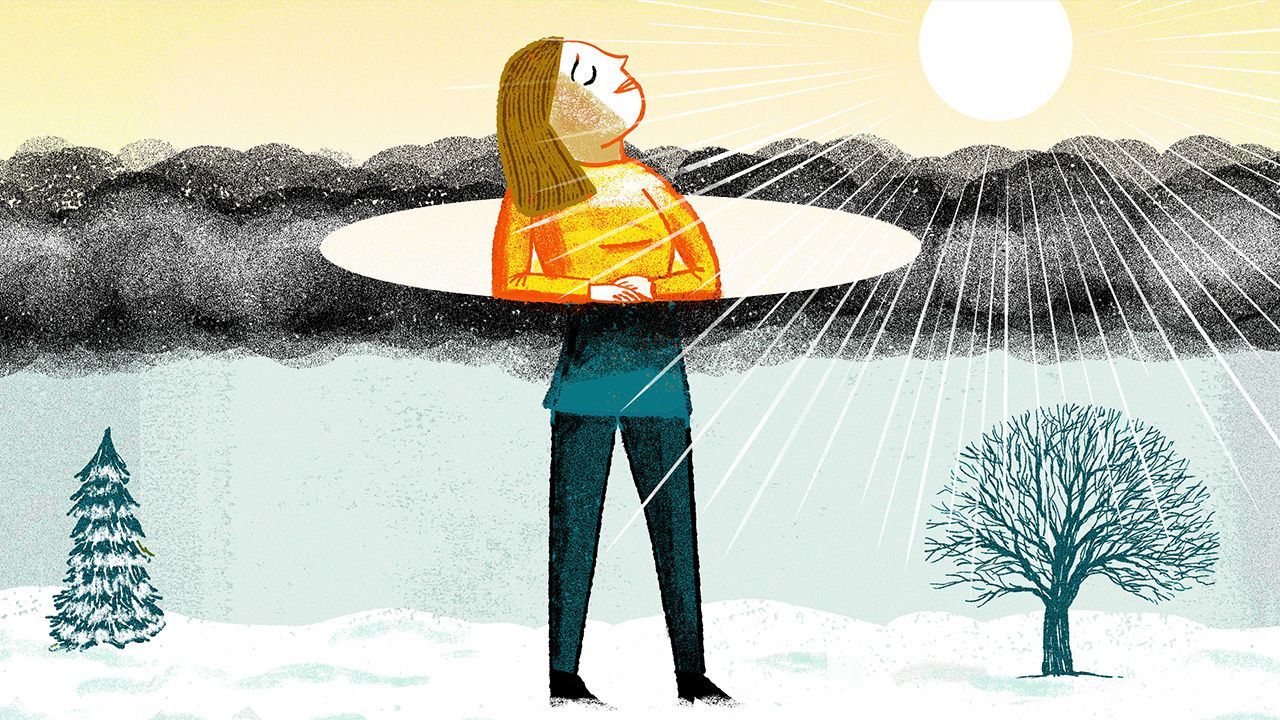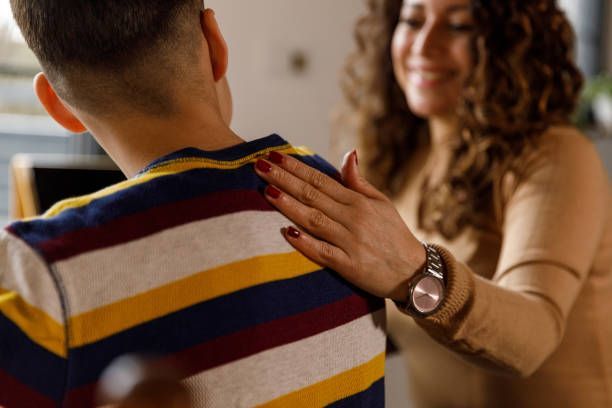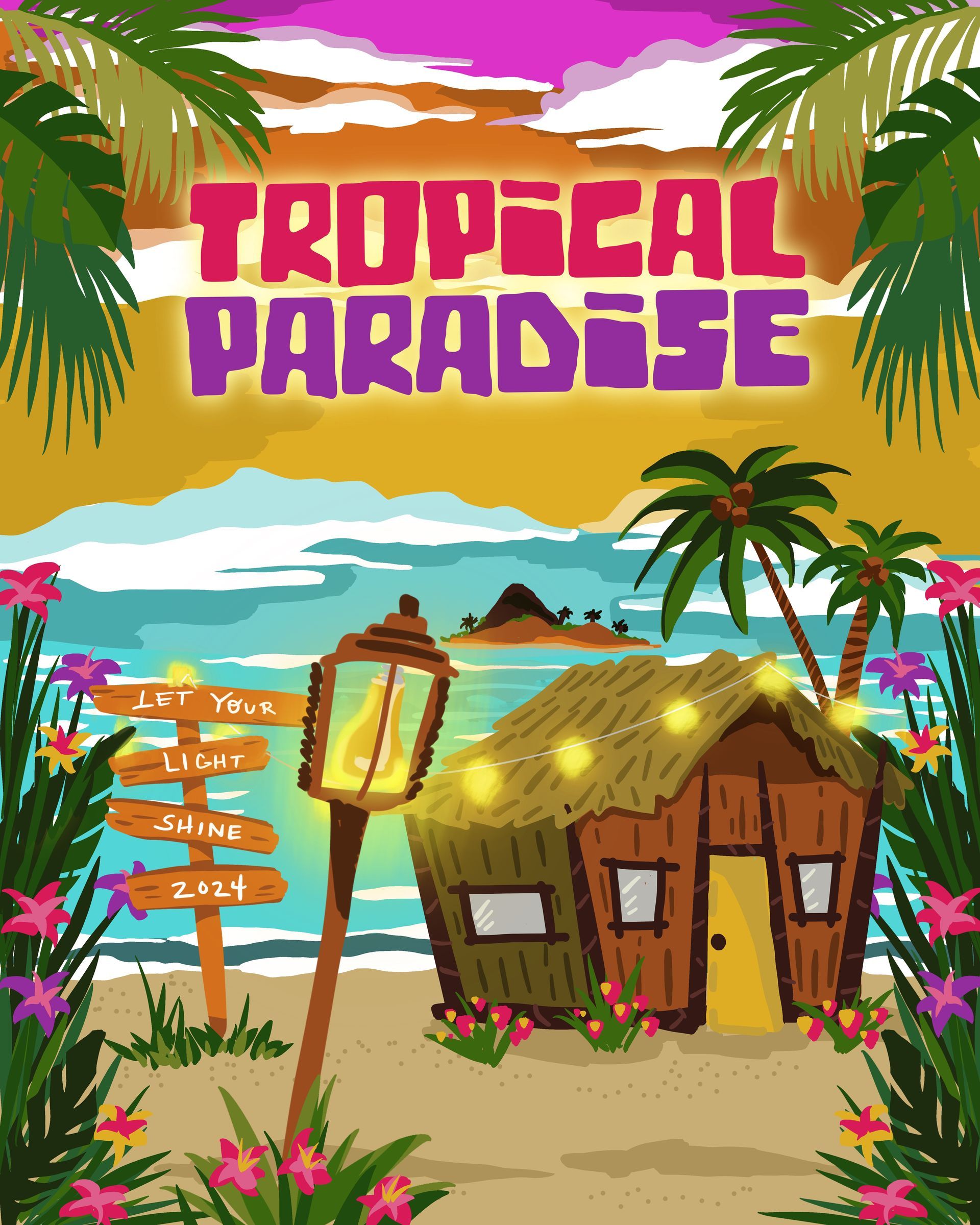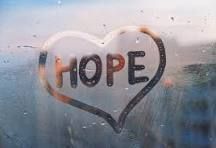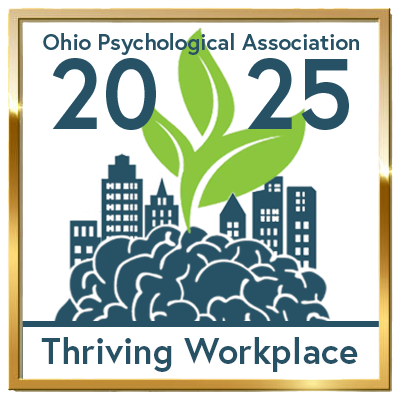Delaney Ruston is the mother of two teenagers and a medical doctor. When her daughter was in junior high, they began shopping for a phone for her. Delaney wanted her daughter to have a phone only for the purpose of verbal communication, her daughter wanted a phone with the internet so she could connect with her friends through social media. A conflict followed as mother and daughter battled the wants of the other. This struggle led Dr. Ruston in a deeper dive into the influence and impact of the digital world and teens. As a result of her study, Delaney has produced two videos, a book, podcast, and website that is packed full of extremely valuable and helpful information for parents. In this blog, information on her site is highlighted.
THE WEBSITE
https://www.screenagersmovie.com/ contains links to the two movies, a blog, podcast, and resources for parents. Viewers are welcome to join a screening of the movie or host their own screening. There is a cost involved to host the movie, suggestions are given to help cover the cost. The website also includes bios of Delaney Ruston and the production team, contact information, testimonials, and event photos. It is designed to be informative and helpful to parents, educators, and others concerned about youth and screens.
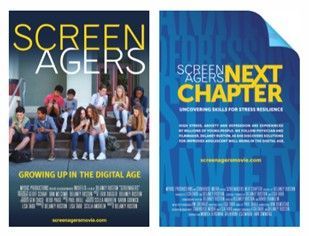
THE MOVIES
SCREENAGERS: Growing Up in the Digital World and Screenagers NEXT CHAPTER: Uncovering Skills for Stress Resilience are feature-length documentaries addressing the emerging concern of technology and kids. The videos are each over 2 hours long and can be viewed online for $20 each or $25 for both. The films have been shown at several film festivals receiving rave reviews.
SCREENAGERS reveals how tech time impacts kids’ development and offers solutions on how adults can empower kids to best navigate the digital world and find balance.”

“The impact of social media and screen time in general is incorporated in topics brought to our attention in Screenagers NEXT CHAPTER, how it may be impacting our teen’s mental health, and what we can do to help support youth in the face of struggles.”

SCREENAGERS BLOG
From 2016 to now, Delaney has written about a variety of topics ranging from Addiction to Video Games. In a weekly post entitled, Tech Talk Tuesdays, Dr. Ruston draws from her own experiences as she writes about how to have conversations about technology. For example, the topic this week (this is being written July 13) is, “Parents In Conflict Over Screen Time.” She shares strategies for parents and includes a link to helpful Screen Time Rules.
Also on the blog page is the option to sign up to receive Dr. Ruston’s weekly Tech Talk Tuesday’s newsletter.


THE BOOK
Parenting in the Screen Age can be purchased through the website or Amazon for $19.95.
Dr. Ruston draws from research and provides How To’s for:
- How to bring up screen time without making your child or teen defensive
- How to talk through difficult issues like online social cruelty, sexting, and mental health
- How to engage your child in creating boundaries around Netflix, video gaming, and social media
- How to have screen time limits that actually work--with less of the sneaking or arguing.
SCREENAGERS PODCAST
Dr. Ruston interviews researchers, thought leaders, and youth as they explore the latest science and tips for parents and youth. Each episode is intended to be listed to by kids and their parents with the intent to generate conversation. Some of the topics available currently are:
- Brain Biology and Preventing Excessive Video Gaming
- TikTok’s Allure (And How 2 Teens Cut Back)
- New Science on Sleep, Our Kids and What to Do
- Tips From a Therapist of Teens with Problematic Tech Use
- Violence in Video Games and Shows and Why Should We Care
-
The podcasts are available on Apple Podcast and Spotify.

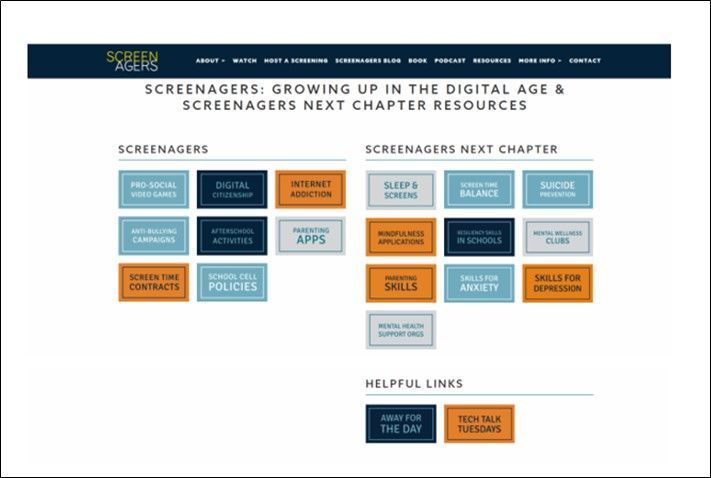
OTHER RESOURCES
Perhaps the most hidden gem on this site are the Resources. This page contains links to more information mentioned in the movies. Delaney includes links to articles she is written and research on the topic.
This website is truly a godsend for the time we are living in. Youth are on their screens more than ever and, let us be honest, screens are not going to go away. How we interact with screens MUST be the next focus as we guide our children toward healthy, happy adulthood.
Karita Nussbaum, PhD, LISW, LICDC has over thirty years of experience working in the field of behavioral health, over 10 are with substance use. She is currently the Program Manager for the
Gemini Program which serves both mental health and substance use disorders at
Child & Adolescent Behavioral Health.
RECENT POSTS



